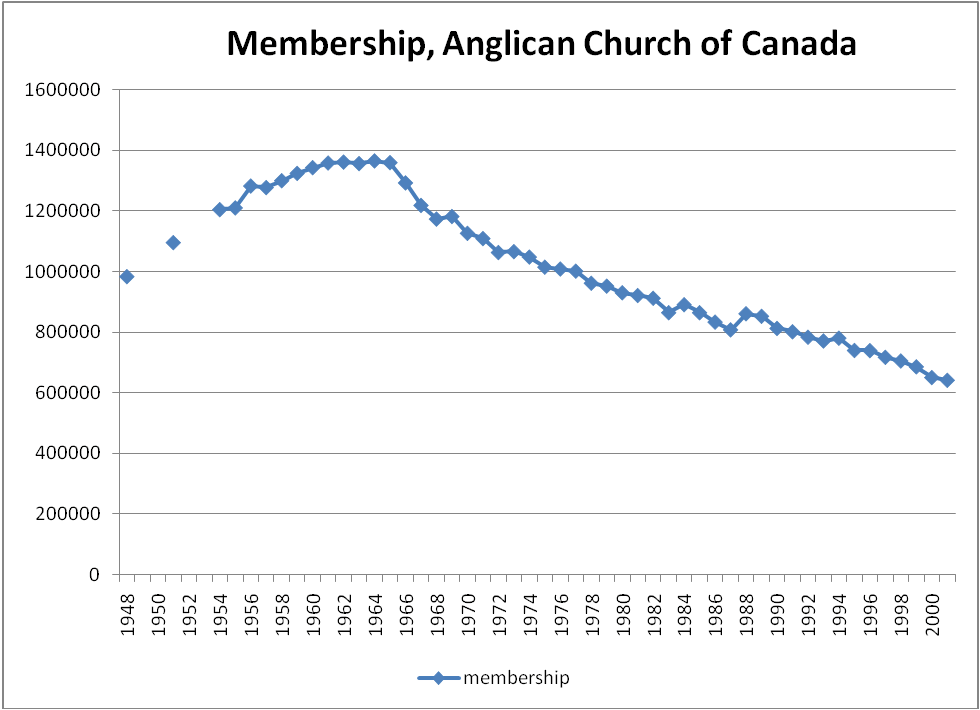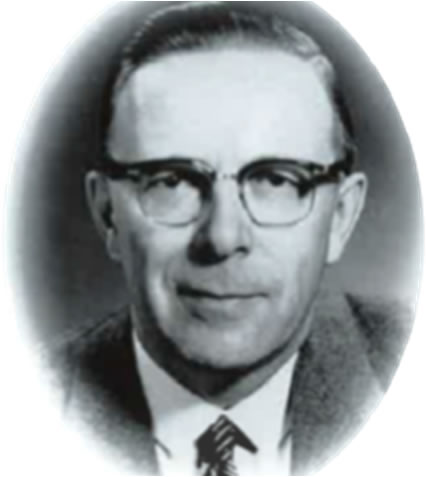Canadian Christianity in 1960
WYH3271HS Winter 2017January 5, 2017
Links
.Our class member Brian Robertson came across an article by Douglas Saunders in the Globe in early January 2017 on changes in Canada in the 1960s, . Symbolically, the author (Doug Saunders) argues, 1967 was when Canada changed from a 'paternalistic, resource-economy' country with the mentality of a British colony, to a Canada that was ready to forge a modern identity grounded in a realistic appreciation of its social issues.
Saunders is much influenced by Jose Igartua, The Other Quiet Revolution," UBC Press, 2006, which stresses change in the 1960s.
For another view, stressing continuity, you could consult C.P. Champion, The Strange Demise of British Canada, McGill-Queen's University Press, 2010.
For a summary of these two, see this discussion by Daniel Ross, at the time a doctoral candidate in history at York University.
A summary of the Christian landscape in Canada, 1960
1. Canada was part of "Christendom," where Christianity was the dominant religion, and formally or informally favoured in social relationships, cultural symbols, public practice, and law.
2. In English Canada, the British connection was highly valued. Non-white immigration was severely restricted until Minister of Immigration Ellen Fairclough changed immigration regulatio ns in 1962. The civil rights of First Nations people were broadly suppressed, although suffrage was finally granted to them in 1960.
ns in 1962. The civil rights of First Nations people were broadly suppressed, although suffrage was finally granted to them in 1960.
3. Especially in eastern Canada, pews were full and Sunday school attendance was strong. For mainline denominations, church attendance peaked around 1962. To the left: a graph of Anglican membership as reported by the denomination. (Source: project of Stuart Macdonald of Knox College and Brian Clarke of Emmanuel College.)

4. Church and state were closely connected. Pictured: Ernest Manning, premier of Alberta (1943-1968) and, simultaneously, host of the popular "Back to the Bible" prophecy hour on radio. In Quebec, Premier Maurice Duplessis was proud of his influence in the court of Pope Pius XII.
5. Canadian mission activity was directed first of all (in terms of budgetary commitments) to Indian Residential Schools. Foreign missions to third-world countries, non-self-supporting domestic parishes, and church plants were also assisted.
6. Ecumenism and possibilities of church union were on the agenda of mainline Protestant churches. The Roman Catholic Church didn't identify ecumenism as a priority before Vatican II, although ecumenical engagement took place at the Unviersity of Toronto because of the strong participation of St. Michael's College, a Basilian institution, and many Anglican Catholics and Roman Catholics were in fruitful dialogue.
Census returns for religious affiliation, Canada 1961
Roman Catholic, 8,342,826
United Church of Canada, 3,664,008
Anglican Church, 2,409,068
Presbyterian, 818,558
Lutheran, 662,774
Baptist, 593,553
Jewish, 254,368
Greek Orthodox, 239,766
Ukrainian Catholic, 189,653
Mennonite, 152,452
Pentecostal, 143,877
SA, JW, LDS, Evangelical Church
Other, 598,225
None, 94,763
Total, 18,238,247
Notes. 1. Census data on religious preferences measure affiliative sentiment, not membership or actual participation
2. The category "no religious preference," which accounted for 0.5% of the population in 1961, was chosen by 23.9% of the population in 2011.